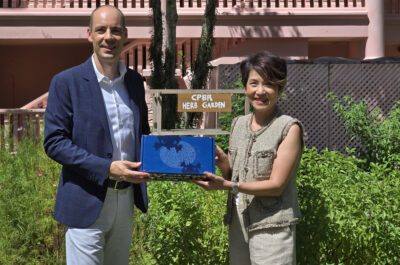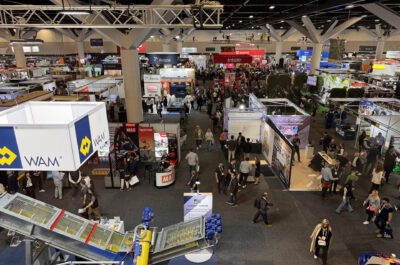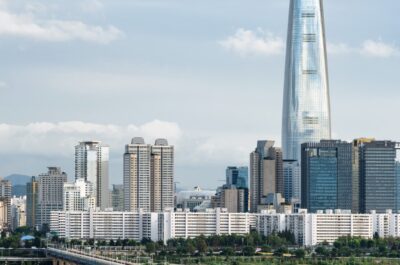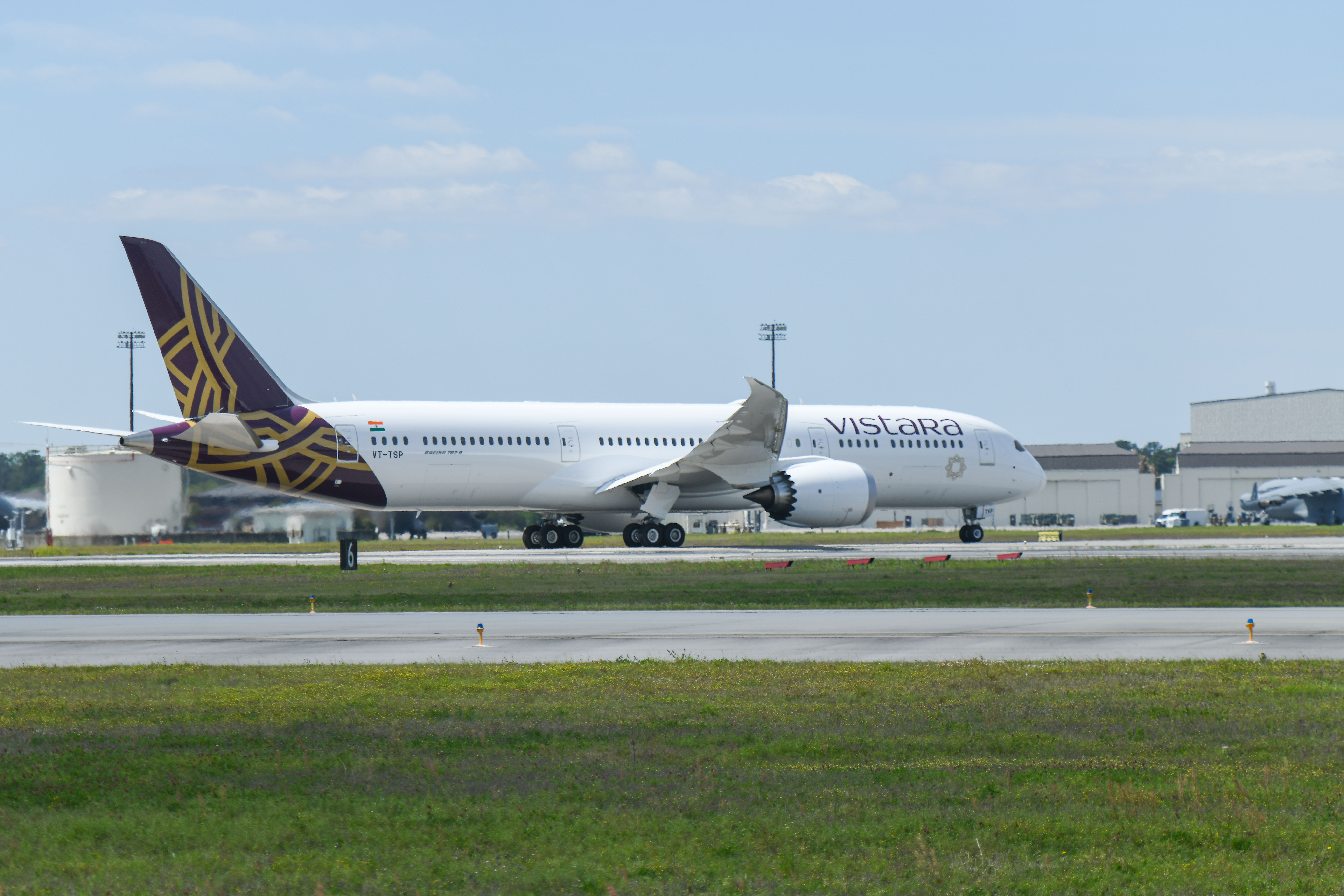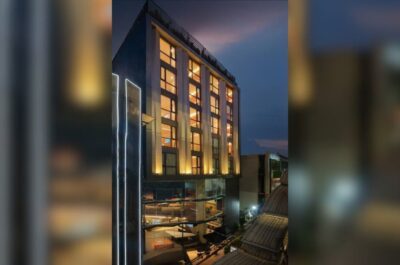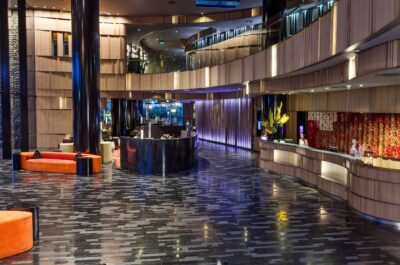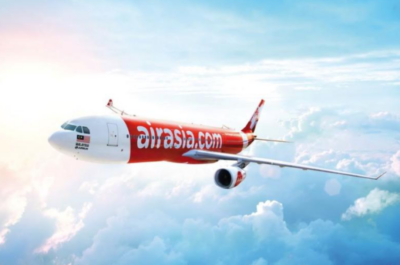Flows of Mainland Chinese upset increasingly Hong Kong locals, generating regularly anger on both sides of the border.
HONG KONG- If the prosperity of Hong Kong and its tourism industry has a lot to do with travellers coming from China PRC, Hong Kong people does not seem to be always submerged by feelings of gratitude towards Mainlanders. In 2011, Hong Kong reached an all-time high in its tourism history. Visitor numbers reached last year 41.92 million arrivals, representing an increase of 16.4% year-on-year. From this number, Mainland China is the dominant force with 28.1 million arrivals, up by a sweeping 23.9%. China represents now 67% of all arrivals to the Special Administrative Territory, far ahead of the rest of Asia (8.20 million) and even further ahead of Americas and Europe (each generating 1.8 million visitors in 2011). Looking at overnight visitor arrivals, Hong Kong recorded 22.32 million visitors. From this total, 13.60 million were Mainlanders, a market share of 61%.
But crowds of Mainland Chinese invading shops, restaurants and sightseeing places around Hong Kong does not seem to generate much enthusiasm. Provocations between Mainland tourists and Hong Kong locals occur regularly and are related by local media. Hong Kong deems Mainlanders as rude and uneducated while Mainlanders find Hong Kong inhabitants snobbish and unable to properly speak mandarin. Hong Kong locals complain openly over Mainland Chinese “swallowing” all the territory’s resources – including welfare programs. Anger is especially extreme against Mainland China women coming to the territory’s maternities to give birth. It shows a real divorce between the SAR and the rest of China. War of words picked up in February following the release of a full-page ad in Hong Kong newspaper Apple Daily, which portrayed mainlanders as “locusts”. The advert demanded action to stop mainland Chinese “infiltration” of the territory with a giant locust overlooking Hong Kong’s skyline with the words “This city is dying, you know?”
According to an ethnic identity poll conducted by the University of Hong Kong in December last year, the percentage of Hong Kong citizens who identify themselves as People’s Republic of China citizens reached the lowest in the past 11 years, from 25.8% in 2001 to only 16.6% in December 2011. In a poll conducted by the China Tourism Academy’s International Tourism Development Institute, mainland tourists expressed less satisfaction than expected with popular shopping in Hong Kong.
Recent remarks from a local green group and political party go then with the current mood. They recently criticized the right for Hong Kong Tourism Board to allocate more funds towards Mainland China for promotion. The political institution complained that the allocation of HK$27 million for promotions this summer to attract more Mainland visitors would cause further over-use of facilities, crowdedness in shops and push inflation prices in the city. Critics generated then an energetic reply from the State Tourism organisation.
In a press release, the Hong Kong Tourism Board (HKTB) highlights that “the primary task of the HKTB as a tourism marketing organisation is to promote Hong Kong worldwide, so as to attract visitors to the city and increase their spending. In keeping with Hong Kong’s standing as an international tourist destination, the HKTB has strived to maintain a balanced visitor portfolio. About 70% of the HKTB’s total market resources in 2012-13 is allocated to the international markets, while the remaining 30% to the Mainland market. In launching its major promotions, the HKTB would, taking into account the nature and the timing of each promotion, target different visitor source markets.
For the HKTB’s summer promotional campaign this year, the HKTB has earmarked HK$27 million for its market promotions. This amount is allocated for promotions in various source markets, rather than solely on the Mainland market. In fact, with due regard to the fact that summer is a peak travel season for travellers in the short-haul markets, the HKTB has allocated 70% of the budget on the short-haul and other markets, while the remaining 30% are going towards the Mainland market”.
Luc Citrinot a French national is a freelance journalist and consultant in tourism and air transport with over 20 years experience. Based in Paris and Bangkok, he works for various travel and air transport trade publications in Europe and Asia.



